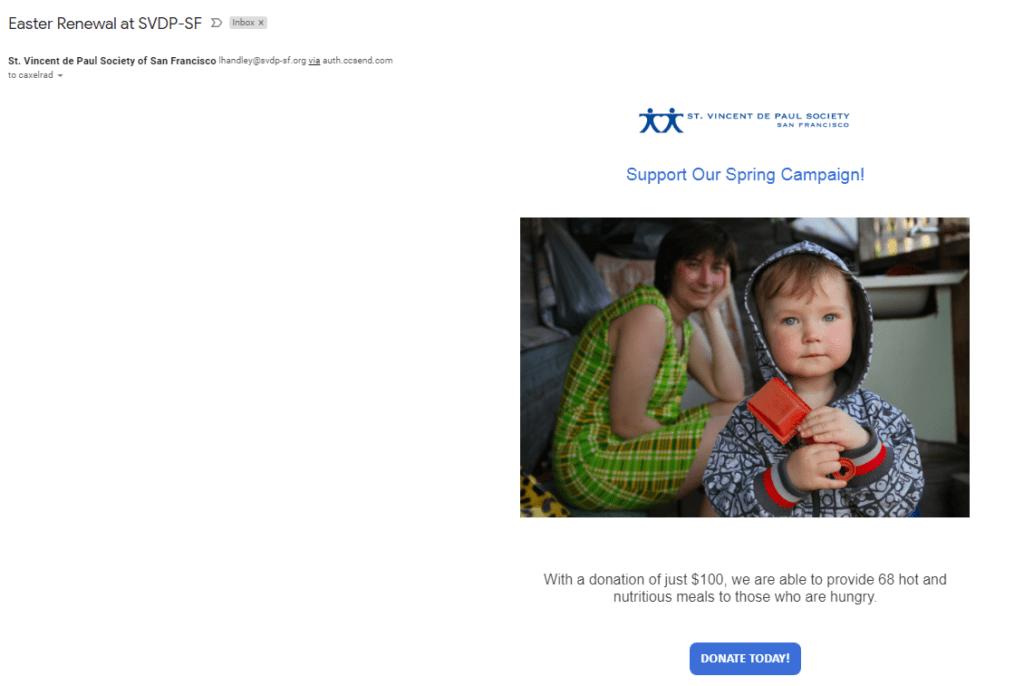3 Ways to Remove Psychological Barriers to Philanthropic Giving
If you can remember this acronym, you’ll be able to persuade more donors to join you and stick with you. This is deceptively simple stuff.
And it really, truly works!
Give me a ‘D’ for DOUBTS!
Give me a ‘U’ for UNIQUENESS!
Give me an ‘E’ for EXPECTATIONS!
What’s that spell?
That spells what you must overcome to win over donors!
What’s that spell?
That spells what you owe your donors!
What’s that spell?
That spells what you must meet to show you’re worthy!
Ready to ‘D.U.E.’ it?
Let’s get started!
Details

 Remember the children’s ditty
Remember the children’s ditty 




 The inimitable Seth Godin recently posted some wisdom I want to share, because it applies directly to how you must ‘sell’ your nonprofit if you hope to inspire folks to join with you to solve the problems you address.
The inimitable Seth Godin recently posted some wisdom I want to share, because it applies directly to how you must ‘sell’ your nonprofit if you hope to inspire folks to join with you to solve the problems you address.

